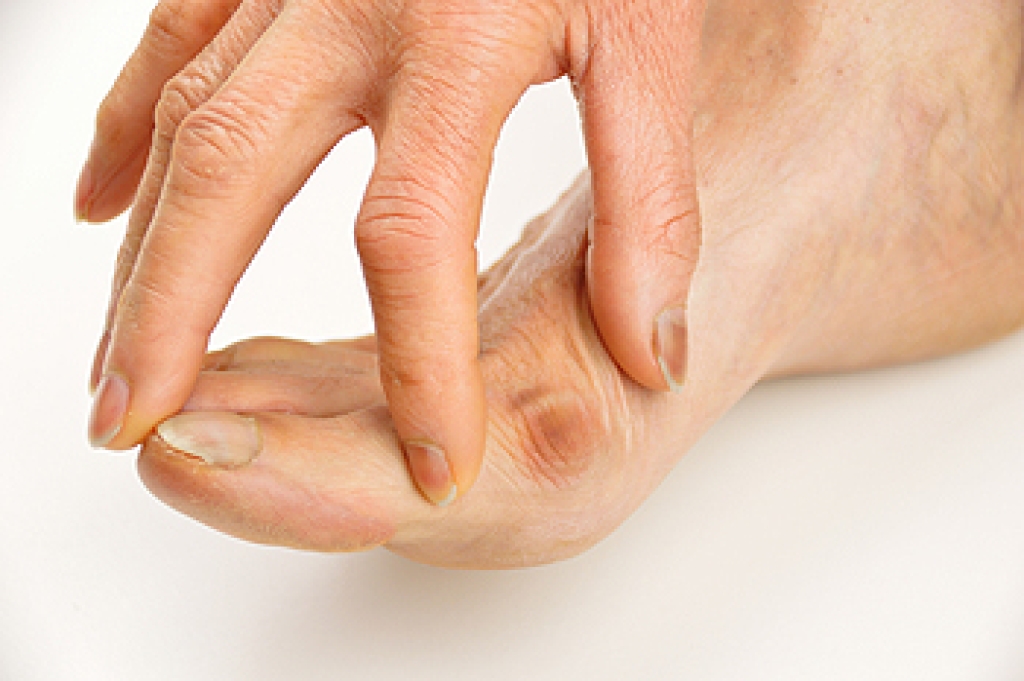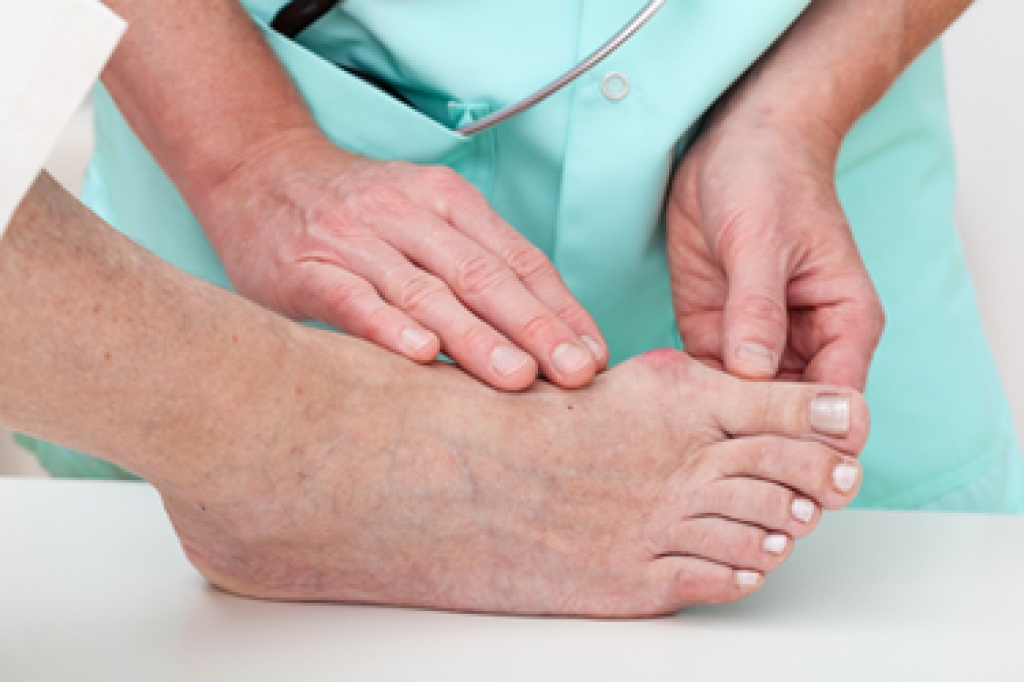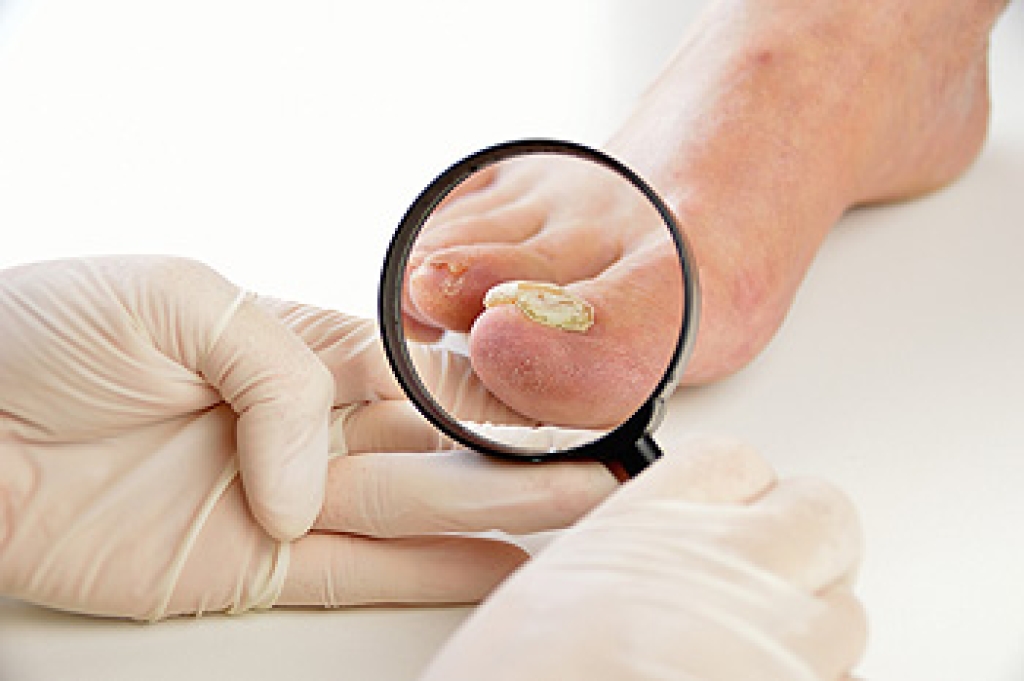
Bunions are characterized by a noticeable bump on the side of the big toe, resulting from an abnormality in the foot bones that causes the big toe to lean toward the second toe instead of remaining straight. While some bunions may initially be painless, over time they can lead to toe crowding and discomfort, potentially causing permanent deformity. Genetics play a significant role in the development of bunions, as they are often associated with faulty foot structure inherited from family members. Other contributing factors include flat feet, excessively flexible ligaments, and abnormal bone structure. Symptoms of a bunion may include red and inflamed skin, thickened skin on the underside of the big toe, calluses on the second toe, foot pain, and limited flexibility in the big toe. If you have a bunion with persistent foot pain, decreased flexibility, and difficulty finding comfortable shoes, it is suggested that you make an appointment with a podiatrist who can assess the severity of the bunion and provide treatment options.
If you are suffering from bunions, contact Shawn Echard, DPM of Laurel Podiatry LLC. Our practitioner can provide the care you need to keep you pain-free and on your feet.
What Is a Bunion?
A bunion is formed of swollen tissue or an enlargement of boney growth, usually located at the base joint of the toe that connects to the foot. The swelling occurs due to the bones in the big toe shifting inward, which impacts the other toes of the foot. This causes the area around the base of the big toe to become inflamed and painful.
Why Do Bunions Form?
Genetics – Susceptibility to bunions are often hereditary
Stress on the feet – Poorly fitted and uncomfortable footwear that places stress on feet, such as heels, can worsen existing bunions
How Are Bunions Diagnosed?
Doctors often perform two tests – blood tests and x-rays – when trying to diagnose bunions, especially in the early stages of development. Blood tests help determine if the foot pain is being caused by something else, such as arthritis, while x-rays provide a clear picture of your bone structure to your doctor.
How Are Bunions Treated?
- Refrain from wearing heels or similar shoes that cause discomfort
- Select wider shoes that can provide more comfort and reduce pain
- Anti-inflammatory and pain management drugs
- Orthotics or foot inserts
- Surgery
If you have any questions, please feel free to contact our offices located in Greensburg and Somerset, PA . We offer the newest diagnostic and treatment technologies for all your foot care needs.




